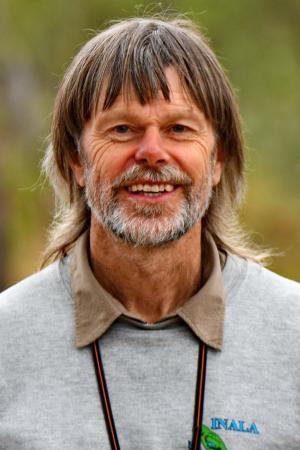
Andrew has lived in Tasmania and been studying our birds all of his life. He bought his first pair of binoculars from a second-hand shop when he was 10 years old. Following this passion led him to a Bachelor of Science in Forest Ecology at the University of Tasmania. He then did an Honours degree investigating the invasion and impact of a feral bumblebee in Tasmania, and the ecology of Tasmania's native bees. Following this, he completed his Ph.D. on the bird and insect pollinators of Tasmanian Blue Gums which included studies into the now Critically Endangered swift parrot.
Andrew is currently an Honorary Research Associate at the University of Tasmania, a position which has entailed supervising a student's Masters thesis on the importance of suburban trees as food sources for swift parrots, providing guest lectures to post-graduate students, and continuing his research into the impacts of feral bumblebees. That research prompted the Invasive Species Council Australia to award him the 2006 ‘Vigilance of Weeds and Ferals Award’. He also works periodically as a research assistant at the University of Tasmania, investigating such topics as pollinators of eucalypts and the potential for eucalypt plantations to inter-breed with native forest trees. He has previously worked as a botanist, mapping Tasmanian alpine vegetation. Along with his guiding work at Inala, most of his recent employment has involved running Forestry Tasmania's investigations into the responses of birds to timber harvesting in Tasmanian wet eucalypt forests.
Along with his research, Andrew enjoys practical environmental remediation work. He has a long involvement with the Hobart City Council's Bushcare program of removing environmental weeds from native bushland and was awarded the 2013 ‘Bushcare Legend Golden Secateurs Award’ by the Hobart City Council for “his dedication, passion and commitment to the Mt Nelson Bushcare Group”. He has also raised and planted thousands of native trees for habitat restoration, windbreaks and erosion control.
" Andrew was a really excellent guide, very impressive in every respect. Patient and knowledgeable, an excellent bird spotter by eye and by ear, and extremely well-informed about Tasmanian nature and environment, and gave us much interesting discussion.
Our guided tour was well worth it and very enjoyable." ( Trip Advisor - April 2023 )
"...our guide Andrew was deeply knowledgeable about the birds, trees, mammals, insects, overall ecology and local history. He enjoyed sharing his knowledge, and while I was primarily interested in birding, it makes so much more sense when you have knowledgeable input into the overall context of what you are seeing. His knowledge of habitats, local residents, bird calls etc meant that we were steered into seeing most if not all of the local endemics plus a wide range of other birds, mammals and invertebrates. I was able to photograph most of these, and generally had a fabulous time birding in company with others with similar objectives, and a deeply knowledgeable and caring guide. " ( Alex R from Sydney on TripAdvisor )
"...The guide, Andrew, was so patient and didn't give up listening for the birds until we were able to spot particular species. He was incredibly knowledgeable about not only the bird life, but Tasmanian vegetation, history, and Aboriginal history. We went to very specific spots that only true locals would know. One of the best birding experiences I have ever had worldwide! Thank you so much :)" ( CateQ on TripAdvisor )
"Our guide, Andrew, was quiet and unassuming, but also highly talented and knowledgeable. He listened carefully to our hoped-for sightings and used his patience and extraordinary field-craft to ensure that we had the best possible chance of success." ( Steve and Jackie on TripAdvisor )